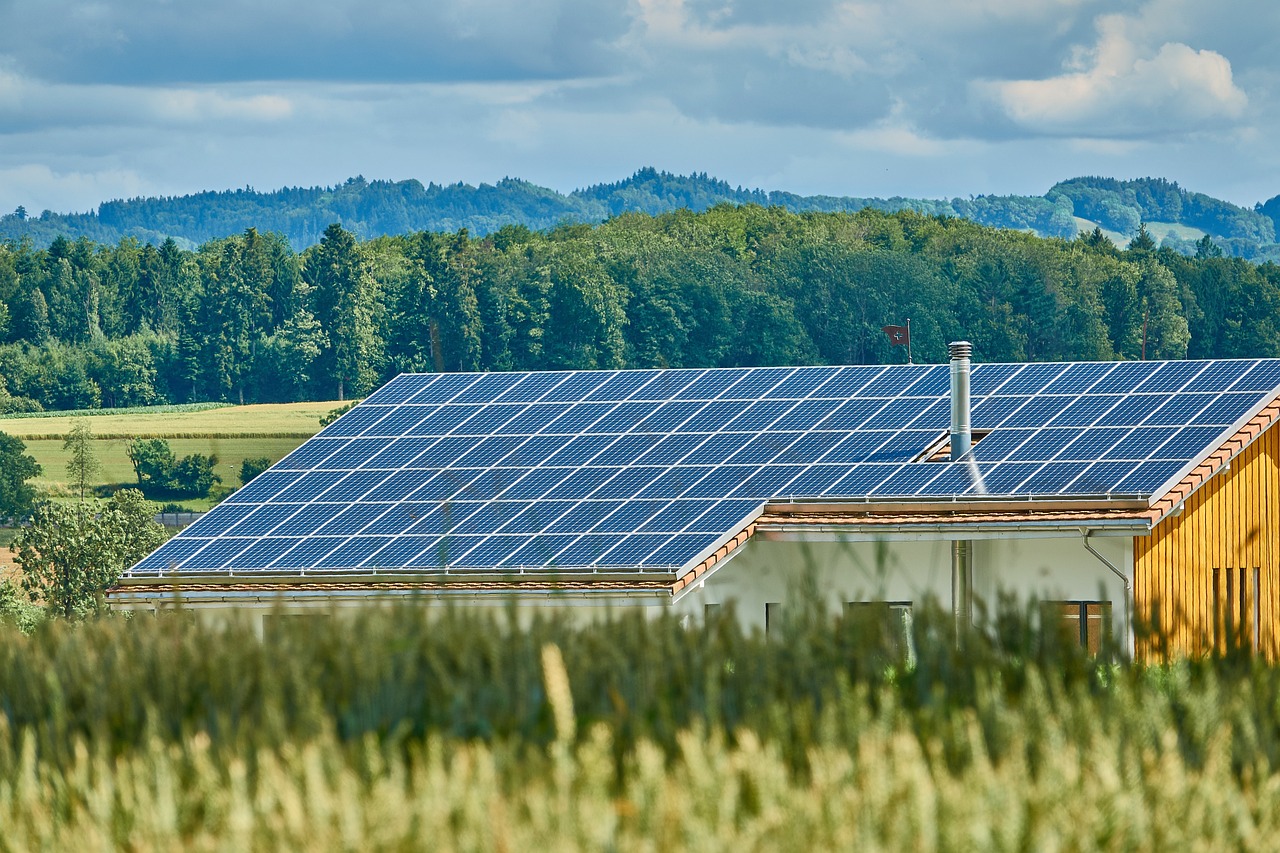
Outdoor Spaces for Kids: Safe and Fun Ideas for Play
Creating an outdoor space that is both safe and fun for kids is a wonderful way to encourage them to enjoy the outdoors, stay active, and engage their imagination. Whether you have a large backyard or a small patio, there are countless ways to design a playful environment that kids will love. Here are some ideas to help you create the perfect outdoor play space for your children:
1. Safety First: The Foundation of Fun
- Soft Surfaces: To prevent injuries, use soft, impact-absorbing materials like rubber mulch, sand, or artificial turf under play areas. These surfaces cushion falls and reduce the risk of scrapes and bruises.
- Fencing and Boundaries: Secure the play area with a fence or natural boundaries like hedges to keep kids safely contained. This also helps define the play space, making it clear where the fun happens.
- Shade and Sun Protection: Protect kids from excessive sun exposure by adding shaded areas, whether through trees, canopies, or umbrellas. Consider applying sunscreen to sensitive skin, even in shaded spots.
- Safe Play Equipment: Choose age-appropriate play equipment that meets safety standards. Regularly inspect swings, slides, and climbing frames for any signs of wear and tear to ensure they remain safe for use.
2. Active Play: Encouraging Physical Activity
- Climbing Structures: Incorporate climbing walls, jungle gyms, or play towers that challenge kids' physical abilities and encourage them to develop strength, balance, and coordination.
- Swings and Slides: These classic play elements never go out of style. Swings and slides offer endless fun and are great for kids of all ages.
- Obstacle Courses: Set up a DIY obstacle course using items like tires, ropes, and balance beams. This can be easily adapted to suit different age groups and skill levels, keeping the challenge fresh and exciting.
- Sports Zones: Create a designated area for sports activities like soccer, basketball, or badminton. A small lawn or even a driveway can be transformed into a mini sports field with a little creativity.
3. Imaginative Play: Sparking Creativity
- Playhouses and Forts: Give kids a space to create their own world with a playhouse, treehouse, or fort. These structures can become anything from a pirate ship to a secret clubhouse, fueling hours of imaginative play.
- Mud Kitchens: Set up a mud kitchen where kids can "cook" with mud, water, and natural materials like leaves and sticks. This hands-on play encourages creativity and sensory exploration.
- Gardening Areas: Involve kids in gardening by giving them their own patch of soil or pots to plant flowers, herbs, or vegetables. This not only teaches them about nature but also gives them a sense of responsibility and accomplishment.
- Art Stations: Designate a spot for outdoor art, complete with easels, chalkboards, or large canvases. Kids can paint, draw, and craft with natural materials, letting their creativity run wild in the open air.
4. Sensory Play: Engaging the Senses
- Water Play Areas: Set up a water table, splash pad, or even a small inflatable pool. Water play is a great way for kids to cool off on hot days while engaging in sensory exploration.
- Sandboxes: A sandbox offers endless possibilities for digging, building, and burying treasures. Provide toys like buckets, shovels, and molds to enhance the fun.
- Sound Gardens: Create a sound garden with items like wind chimes, musical pipes, or pots and pans for kids to explore different sounds and rhythms. This sensory-rich environment can be both calming and stimulating.
- Nature Trails: If space allows, create a small nature trail with different textures like gravel, wood chips, and grass. Kids can explore the trail barefoot, feeling the different surfaces beneath their feet, while learning about plants and insects along the way.
5. Social Play: Encouraging Interaction
- Group Games: Set up areas for group games like tag, hide and seek, or capture the flag. These games encourage teamwork, social interaction, and friendly competition.
- Picnic Areas: Create a cozy picnic spot where kids can gather with friends for snacks or outdoor meals. A simple picnic table or blanket on the grass can make for a perfect social gathering place.
- Community Playdates: Organize playdates with neighbors or friends, allowing kids to share their outdoor space and toys. This not only strengthens friendships but also introduces kids to different ways of playing.
Conclusion
Designing an outdoor space that is both safe and fun for kids doesn’t require a large budget or extensive land—just a bit of creativity and consideration for what your children enjoy. By incorporating elements that encourage physical activity, imaginative play, sensory exploration, and social interaction, you can create an outdoor environment where kids can thrive. These outdoor spaces will not only provide hours of entertainment but also help children develop important physical, social, and cognitive skills. So, step outside, get creative, and watch your kids play, learn, and grow in their very own outdoor haven.
Recent articles from Outdoor

Outdoor Fitness: Workouts You Can Do in Your Backyard
Working out in your backyard is a convenient and refreshing way to stay active without the need for a gym membership or fancy equipment. Whether you have a spacious garden or a small patio, you ...

Preparing the Garden and Vegetable Plot for Winter: Work List for the Homestead. Part 2
Preparing Greenhouses for Winter Cleaning the greenhouse begins after the harvest and involves 10 steps:
- Remove the plant tops.
- Discard broken boxes, containe...

The Benefits of Installing Outdoor Solar Lighting
Introduction: Outdoor solar lighting is a simple yet highly effective way to enhance the beauty, safety, and functionality of your yard or garden. Whether you want to illuminate...